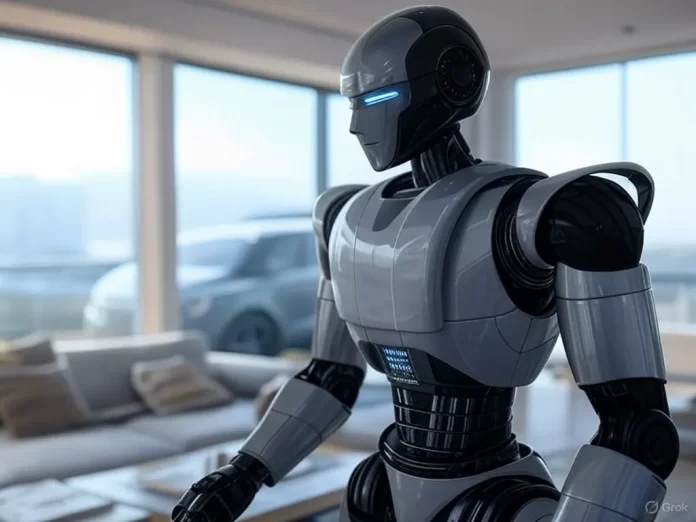Imagine waking up to the soft hum of a robot vacuum cleaner zipping across your floor, a freshly brewed cup of coffee waiting on your counter courtesy of an AI-powered machine, and a friendly robotic assistant reminding you of your day’s schedule. This isn’t a scene from a sci-fi movie—it’s a glimpse into the reality of 2025, where AI-powered robots are quietly revolutionizing how we live, work, and play. From homes to hospitals, factories to farms, these intelligent machines are stepping out of laboratories and into our everyday lives, blending cutting-edge technology with human needs in ways we could only dream of a decade ago.
As we stand on March 29, 2025, the fusion of artificial intelligence (AI) and robotics is no longer a distant promise—it’s here, and it’s transforming the world around us. In this blog post, we’ll dive deep into how AI-powered robots are reshaping everyday life, exploring their applications, benefits, challenges, and what the future might hold. Whether you’re a tech enthusiast, a curious homeowner, or someone wondering how these machines might impact your job, this post has something for you. Let’s embark on this exciting journey into the robotic revolution!
The Rise of AI-Powered Robots: A New Era Begins
Robots have been around for decades, clanking away in factories and assembling cars with mechanical precision. But what’s changed in recent years is the infusion of artificial intelligence, turning these once-rigid machines into adaptable, thinking helpers. Unlike their predecessors, which followed pre-programmed instructions, today’s AI-powered robots can learn, adapt, and make decisions in real time. This leap forward is thanks to advancements in machine learning, computer vision, and natural language processing—technologies that allow robots to see, hear, and even understand the world like never before.
The global robotics market is booming, with industrial robot installations hitting a record value of $16.5 billion, according to the International Federation of Robotics. Meanwhile, AI is projected to contribute a staggering $15.7 trillion to the global economy by 2030. These numbers aren’t just stats—they’re proof that AI-powered robots are no longer a niche experiment but a mainstream force reshaping how we interact with the world.
So, what’s fueling this revolution? Advances in machine learning, natural language processing, computer vision, and sensor technology have made robots smarter and more autonomous. Add in lightning-fast 5G networks and cloud computing, and you’ve got a recipe for robots that can process data in real-time, collaborate with humans, and tackle tasks we once thought were impossible. Let’s explore how this is playing out in everyday life.
In 2025, we’re seeing this transformation unfold at an unprecedented pace. According to recent reports, the global robotics market is booming, with AI integration driving growth across industries. Companies like Tesla, Boston Dynamics, and newer players like Figure and 1X are pushing the boundaries of what robots can do, from folding laundry to delivering packages. The result? A world where robots aren’t just tools—they’re companions, coworkers, and caregivers.
AI Robots at Home: Your Personal Assistants of the Future
Picture this: you’re running late for work, and as you dash out the door, a sleek humanoid robot hands you your keys, locks the house, and starts tidying up the mess you left behind. This isn’t far-fetched—AI-powered robots are already making homes smarter, cleaner, and more efficient.
Smart Cleaning and Beyond
The days of pushing a vacuum cleaner around are fading fast. Robots like the Roomba have evolved with AI to map your home, avoid obstacles, and clean with precision. Samsung’s Jet Bot, equipped with LiDAR sensors, takes it a step further, navigating tight spaces and adapting to changing layouts. But cleaning is just the start. Companies like Physical Intelligence are developing robots that can fold laundry—a task once thought too complex for machines due to the dexterity required. In 2025, these advancements mean less time on chores and more time for what matters.
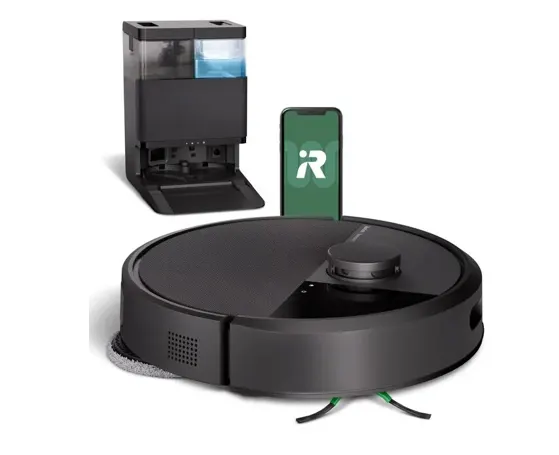
Kitchen Companions
Cooking dinner? AI robots are stepping into the kitchen too. Imagine a robotic arm whisking eggs or flipping pancakes, guided by vision systems that detect when food is perfectly cooked. At Stanford University, researchers like Chelsea Finn are working on AI models like OpenVLA, which allow robots to handle multi-step tasks without constant reprogramming. While we’re not yet at the point of a robot chef preparing a gourmet meal solo, the groundwork is being laid for a future where your kitchen runs itself.
Home Management and Companionship
Beyond chores, AI robots are becoming home managers. Google Home and Amazon Echo have long used AI to control lights and thermostats, but now, robots like 1X’s EVE are rolling around on wheels, adjusting settings, and even offering companionship. For the elderly or those living alone, these robots provide not just practical help but also social interaction—playing games, reading aloud, or simply chatting thanks to advanced language models like those powering Gemini Robotics.
Healthcare Revolution: Robots as Lifesavers
If there’s one area where AI-powered robots are making a profound impact, it’s healthcare. In 2025, hospitals and homes alike are benefiting from machines that combine precision, intelligence, and empathy (well, as much empathy as a robot can muster!).
Surgical Precision
Robotic arms have been assisting surgeons for years, but AI takes it to the next level. Systems like those from Cobotic Surgical, Inc., use machine learning to enhance precision during delicate procedures, reducing recovery times and minimizing risks. Imagine a robotic surgeon that adjusts its movements based on real-time data from a patient’s vitals—2025 is making that a reality.
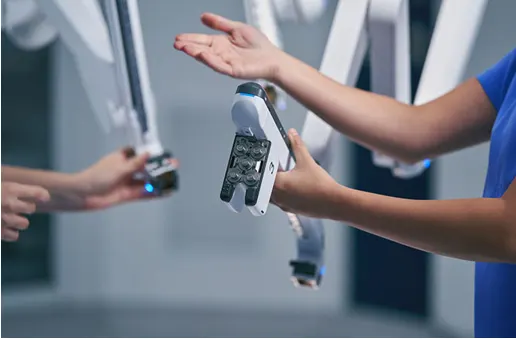
Surgical robots, like the ones pioneered by Intuitive Surgical, have been around for years, but in 2025, they’re smarter than ever. Equipped with AI, these robots assist surgeons with unmatched precision, analyzing real-time data to guide incisions or spot anomalies during complex procedures. Over 5,000 robotic surgical systems are now installed globally, and they’re reducing recovery times and complications like never before.
Elder Care and Rehabilitation
For an aging population, AI robots are a game-changer. Robots like Nadine, developed in Geneva, are upgraded with conversational AI (think ChatGPT-level smarts) to assist in nursing homes. They can play bingo, monitor health conditions, or remind patients to take medication. Meanwhile, Diligent Robotics’ Moxi delivers supplies in hospitals, freeing up nurses for patient care. In homes, robots with grippers and cameras help with mobility, fetching items or aiding in physical therapy.
Mental Health Support
Loneliness is a growing concern, and AI robots are stepping in as companions. Hanson Robotics’ Sophia, with its lifelike expressions and conversational abilities, is being explored for mental health support, offering a friendly “face” to talk to. While they can’t replace human connection, these robots provide a lifeline for those in isolation.
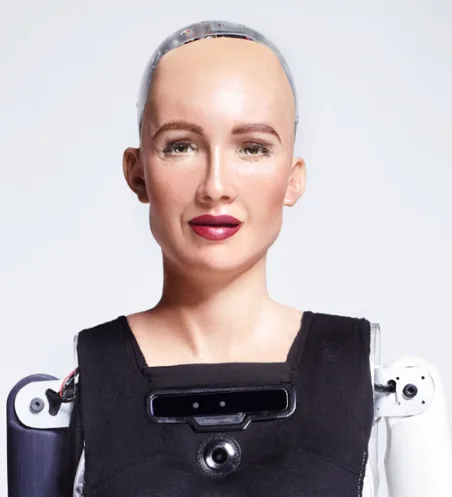
Workplaces Transformed: Robots as Colleagues
The workplace of 2025 looks very different, thanks to AI-powered robots. They’re not here to steal jobs (at least not entirely)—they’re enhancing productivity, safety, and creativity.
Manufacturing and Logistics
In factories, robots like ARMAR-6 from Karlsruhe Institute of Technology collaborate with humans, handing over tools or assembling parts with AI-driven precision. Agility Robotics’ Digit, with its human-like limbs, is deployed in warehouses, squatting to lift boxes and navigating cluttered spaces. These robots don’t just work faster—they adapt to unexpected challenges, making supply chains more resilient.
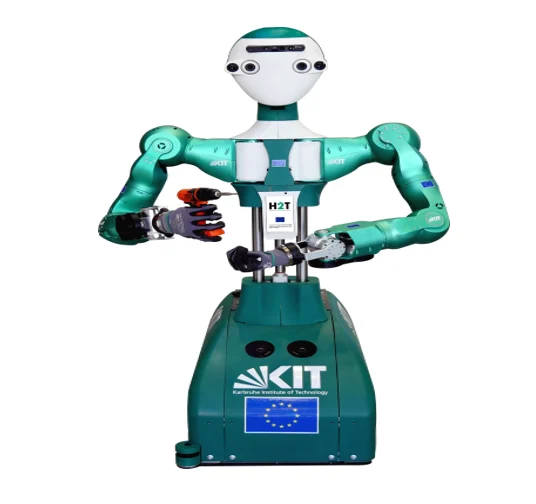
Retail and Customer Service
Walk into a store in 2025, and you might be greeted by a robot. Starship’s delivery bots zip around cities, dropping off groceries, while AI chatbots handle customer queries online. In restaurants, service robots take orders and deliver food, ensuring a seamless experience. The result? Businesses save time and customers enjoy faster service.
Creative Collaboration
Even creative fields aren’t immune. Robots like Alter 3, which conducts orchestras, show how AI can blend with human artistry. While they won’t replace musicians or artists, they’re inspiring new ways to collaborate, pushing the boundaries of what’s possible.
Agriculture and Environment: Sustainable Solutions
AI-powered robots aren’t just transforming indoor life—they’re reshaping the outdoors too, especially in agriculture and environmental conservation.
Precision Farming
Verdant Robotics’ machines weed, fertilize, and monitor crops with pinpoint accuracy, reducing pesticide use and boosting yields. These robots analyze soil health in real time, ensuring sustainable farming practices. For farmers, this means less labor and more efficiency—a win-win in a world facing food security challenges.
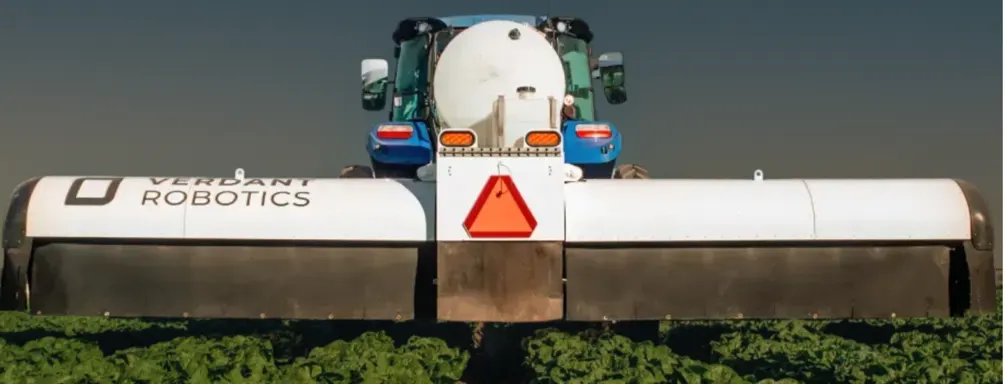
Environmental Guardians
Robots are also tackling climate change. AI-driven drones monitor forests, while underwater robots inspect infrastructure like turbines, reducing risks to human workers. In 2025, these machines are helping us protect the planet, one task at a time.
Transportation: The Road Ahead
Buckle up—transportation is getting a robotic makeover. AI-powered robots are redefining how we move, making travel safer and more convenient.
Self-Driving Cars and Delivery Drones
Autonomous vehicles are no longer a novelty. Self-driving cars use AI to navigate roads, while delivery drones and robots like those from Swiss-Mile handle “last-mile” logistics, climbing stairs or speeding through traffic. In 2025, your package might arrive via a robot that calls an elevator to reach your door.
Personal Mobility
Imagine robotic pods zipping you around town. While still in development, companies like Tesla (with its Optimus robot) are hinting at a future where AI robots don’t just assist—they transport us too.
Education: Learning with Robots
Kids in 2025 aren’t just playing with toys—they’re learning from robots. Educational robots provide hands-on experiences, teaching coding, math, and problem-solving. They adapt to each student’s pace, offering personalized tutoring that complements traditional classrooms.
Challenges and Ethical Considerations
As exciting as this robotic revolution is, it’s not without hurdles. Job displacement is a big concern—studies suggest automation could affect millions of roles by 2030. Retraining programs are popping up, but the transition won’t be seamless. Privacy is another issue—robots with cameras and microphones raise questions about data security. And then there’s the ethical dilemma: how do we ensure AI robots align with human values?
Safety is paramount too. A malfunctioning robot in a hospital or on the road could have serious consequences. That’s why testing and regulation are critical as we integrate these machines into daily life.
The Future of AI-Powered Robots
Looking ahead, the possibilities are endless. By 2030, we might see humanoid robots like Figure 02 or Apptronik’s Apollo as common household fixtures, handling everything from cooking to caregiving. Advances in models like Gemini Robotics-ER promise robots that reason and act with human-like dexterity, tackling complex tasks effortlessly.
But the real magic will come from collaboration. Humans and robots working together could unlock innovations we can’t yet imagine—whether it’s curing diseases, exploring space, or simply making life more enjoyable.
Conclusion: Embracing the Robotic Revolution
AI-powered robots are no longer a futuristic fantasy—they’re here, transforming everyday life in ways both big and small. From spotless homes to life-saving surgeries, efficient workplaces to sustainable farms, these machines are enhancing how we live and work. Yes, there are challenges to navigate, but the potential benefits are staggering.
So, next time you see a robot vacuum whirring by or a delivery bot rolling up to your door, take a moment to appreciate the quiet revolution happening around us. The future is robotic, and it’s looking brighter than ever. What do you think—how will AI robots shape your life in the years to come? Let’s keep the conversation going!
Also Read
LibreOffice 25.2.2 Released with 83 Bug Fixes – Download Now!

